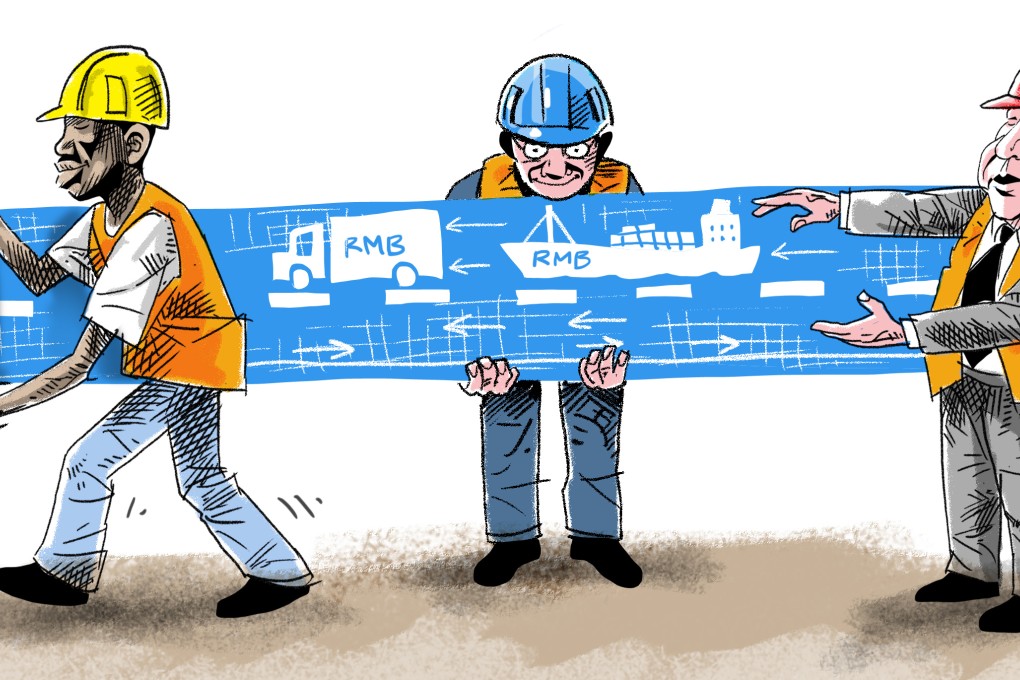Laying the foundations for China’s ‘One Belt, One Road’
Ou Xiaoli sets out the direction, goals and areas of cooperation for China’s ambitious initiative linking Asia and Europe that offers opportunities for development for all along the route


READ MORE: Hong Kong should grasp opportunities of China’s ‘one belt, one road’, says John Tsang
We recently reviewed what has been done so far for the “One Belt, One Road” plan, which can be summarised into the so-called “Five First” tasks: firstly, creating a master plan backed by the top leadership; secondly, achieving an international consensus; thirdly, forging a series of cooperation agreements; fourthly, making progress on a number of construction projects; and lastly, developing a comprehensive support system.
China’s push for ‘One Belt, One Road’ will create plenty of opportunities and room for development for Hong Kong
This is what China has done over the past two years. What will we do next? The next step is to implement the blueprint action plan of the “One Belt, One Road” initiative, which was issued by the government in March, and commence work on several fronts.
The first is a focus on building the six major economic cooperation corridors and several key maritime pivot points.
On land, the plan is to build a new Eurasian land bridge and develop the economic corridors of: China-Mongolia-Russia; China-Central Asia-West Asia; the China-Indochina peninsula; China-Pakistan; and, Bangladesh-China-India-Myanmar. This can be done by taking advantage of international transport routes, relying on core cities along the belt and road, and using key economic industrial parks as cooperation platforms.
On the seas, the initiative will focus on jointly building smooth, secure and efficient transport routes connecting major sea ports along the belt and road.
INFOGRAPHIC: How One Belt, One Road will give China’s developing neighbours easier access to Chinese-made products

The second aspect is to focus on strengthening cooperation in eight major areas, including infrastructure connection, trade, investment, resource exploration, finance, ecology, culture and maritime cooperation.